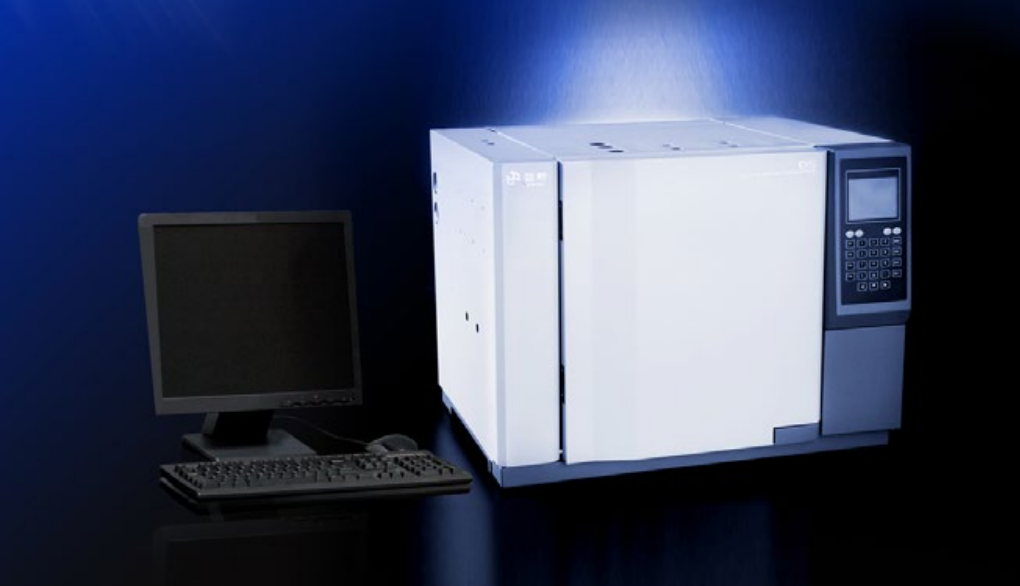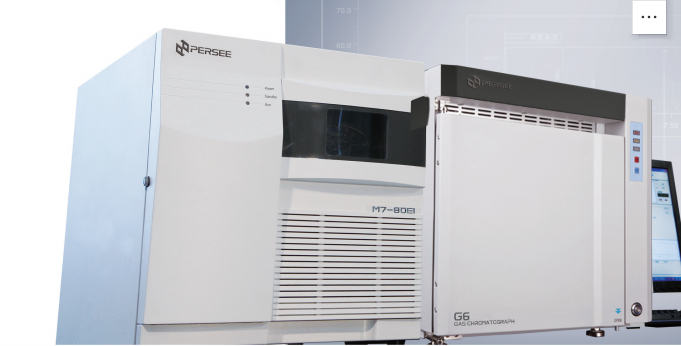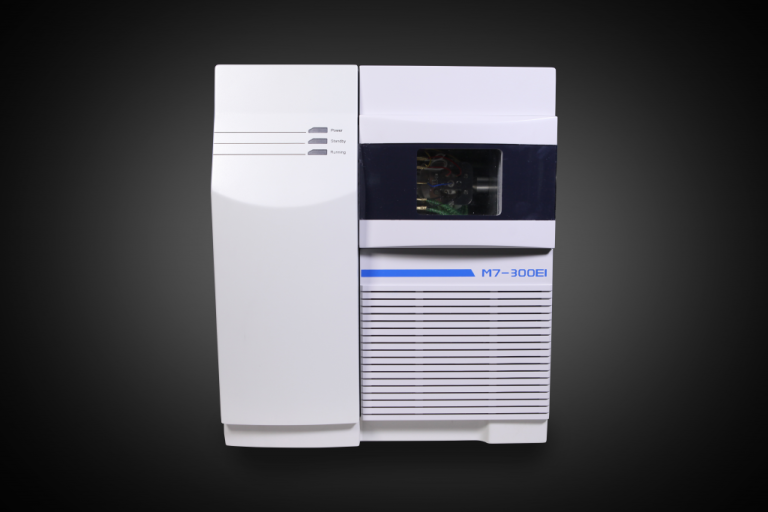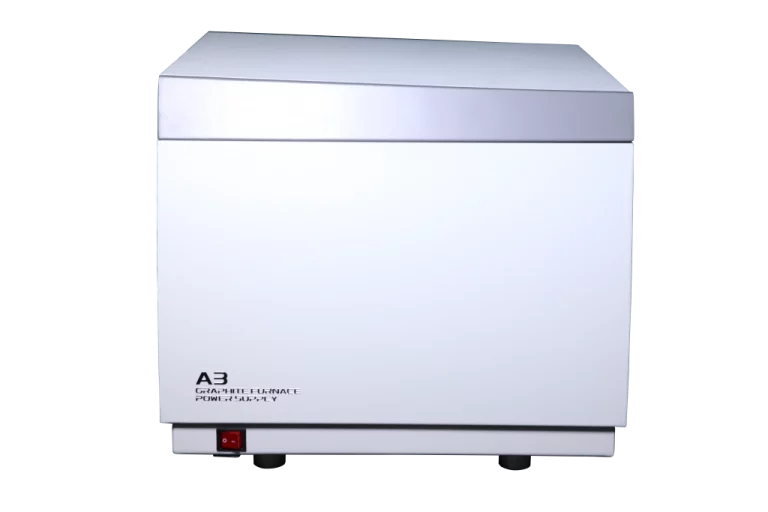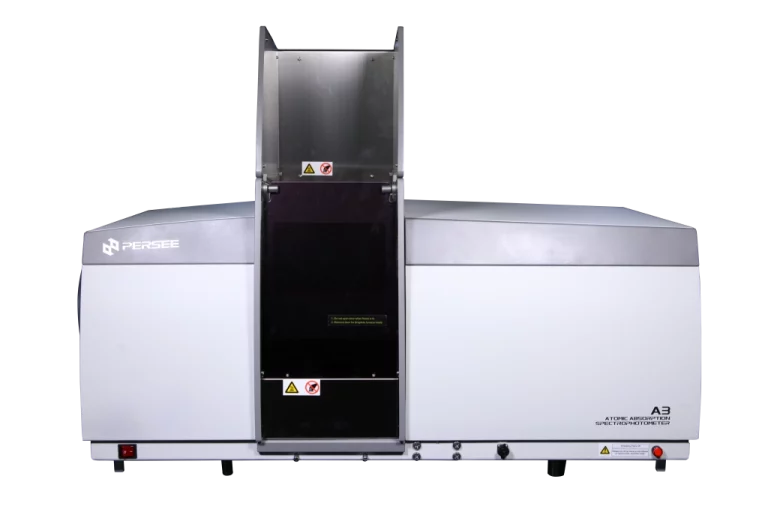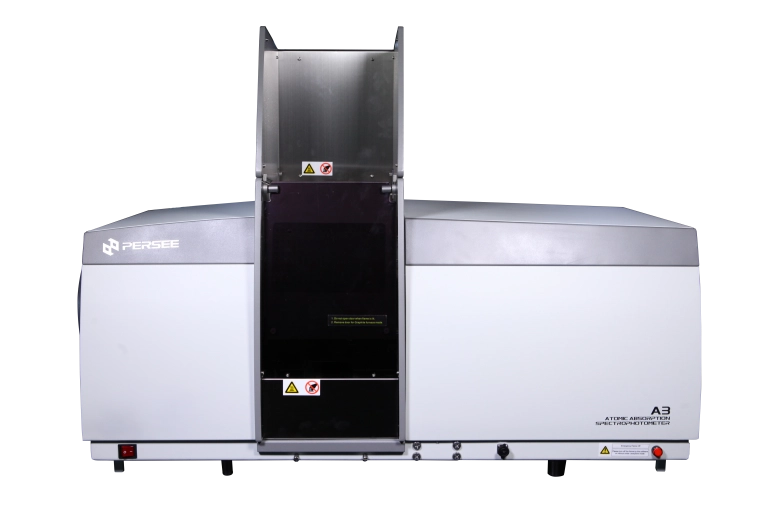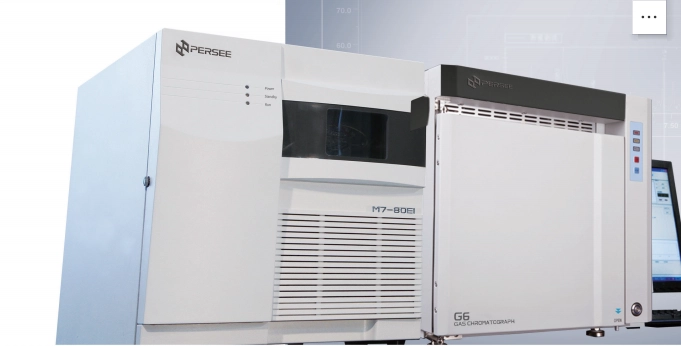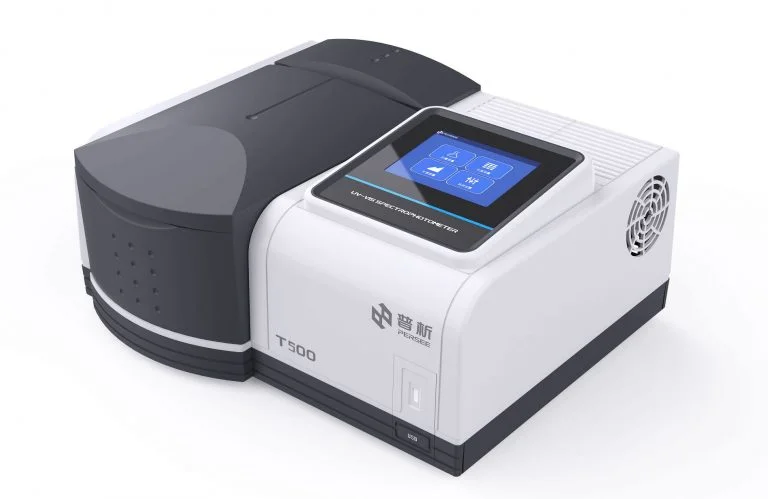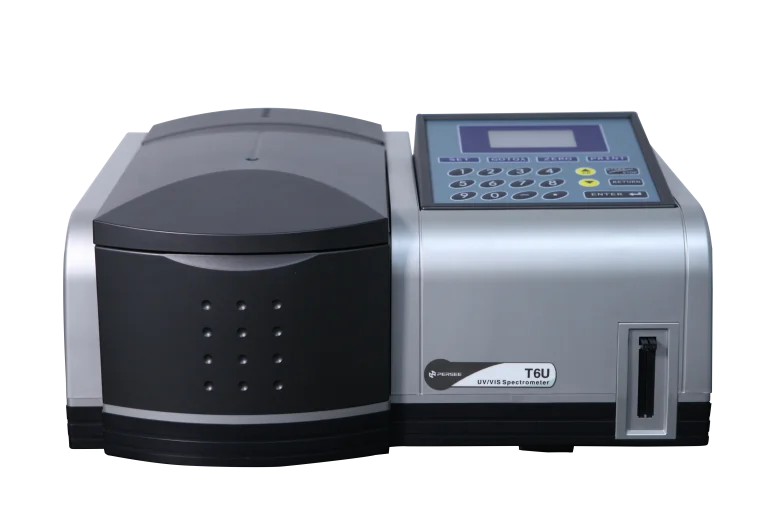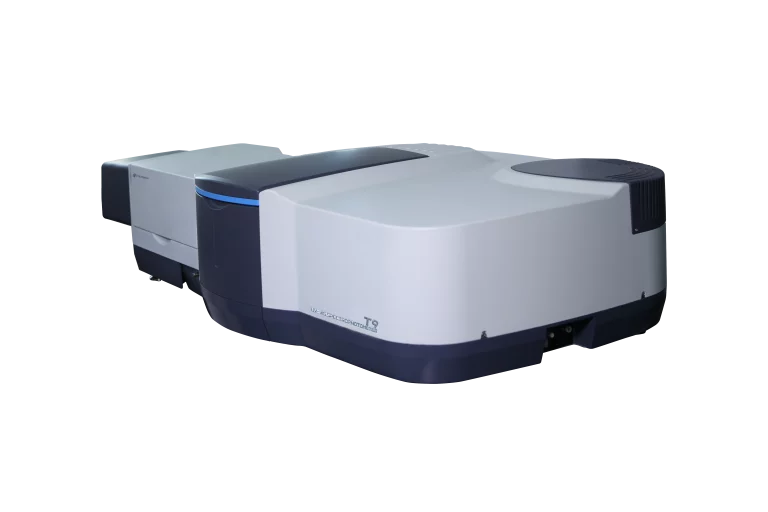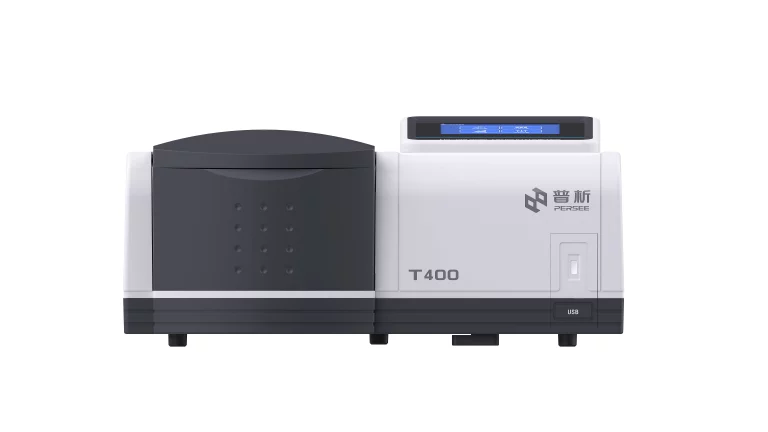High-Performance Liquid Chromatography (HPLC) stands as an indispensable analytical method employed across multiple sectors to isolate, characterize, and measure constituents within intricate mixtures. Professionals in pharmaceuticals, environmental monitoring, and food quality assurance benefit from comprehending HPLC mechanisms to achieve precise sample examinations. This comprehensive overview elucidates the fundamental concepts, instrumental elements, methodological approaches, and practical implementations of HPLC, providing clear insights into its operational procedures and technological progress.
Fundamentals of HPLC Technology
HPLC represents a highly adaptable technique enabling meticulous examination of diverse substances. Utilizing a liquid carrier medium and an immobile substrate, it discriminates chemical species according to their molecular characteristics. Modern research facilities globally incorporate HPLC instrumentation, prized for its consistent performance and flexibility in processing varied sample types.
Essential Theoretical Foundations
Mastering HPLC operation requires familiarity with its basic principles. The methodology depends on dynamic relationships between analytes, the moving solvent phase, and the fixed phase matrix, with differentiation arising from compound-specific phase interactions.
Separation Dynamics
The technique’s core capability lies in molecular segregation. Upon sample introduction, constituents traverse a specialized column where differential affinities for the stationary medium produce distinct migration rates, yielding separable component bands.
Phase Interactions
The mobile phase solvent transports analytes through the separation column, while the stationary substrate (typically a solid or surface-modified material) engages with sample components. Strategic selection of both phases permits customization of the isolation process for specific analytical requirements.
Critical Instrument Components
An HPLC apparatus integrates multiple essential elements functioning cooperatively to ensure accurate outcomes. Knowledge of these components facilitates proper operation and maintenance.
Fluid Delivery Mechanism
The precision pump maintains constant solvent flow rates and pressures. Its reliable performance ensures experimental repeatability and data consistency.
Sample Introduction Port
The injection system accurately introduces minute sample volumes into the moving phase stream. This precision mechanism initiates the separation sequence without flow disruption.
Separation Column
The packed column containing the stationary medium serves as the primary separation site. Column selection significantly impacts analytical performance, with various types available for different applications.
Detection Systems
Detection units identify and quantify eluting compounds post-separation. Multiple detector options (UV, fluorescence, etc.) accommodate diverse sample properties.
Data Processing Unit
Advanced software converts detector signals into chromatographic data. This system enables peak analysis, compound quantification, and comprehensive data interpretation.
HPLC Methodological Variations
Various HPLC techniques exist, each optimized for specific analytical needs. Appropriate method selection enhances analysis quality for particular sample types.
Reversed-Phase Methodology
This approach utilizes hydrophobic stationary phases with polar mobile phases. It demonstrates particular effectiveness for nonpolar compound separation, making it prevalent in pharmaceutical and life science applications.
Normal-Phase Technique
Employing polar stationary phases with nonpolar solvents, this method excels in separating hydrophilic compounds and certain organic molecules.
Ion-Exchange Variation
This technique separates charged species through electrostatic interactions with the stationary medium. It proves valuable for protein analysis and ionic compound studies.
Size-Exclusion Approach
Separating molecules by hydrodynamic volume, this method elutes larger molecules first. It finds application in polymer characterization and biomolecular research.
Standard Operational Protocol
Conducting HPLC analysis follows a defined procedural sequence. Adherence to this workflow ensures reproducible, reliable results.
Sample Pretreatment
Prior to analysis, samples require dissolution in appropriate solvents or filtration to remove particulate matter. Proper preparation prevents system obstruction and enhances separation efficiency.
Injection and Segregation
Following preparation, samples enter the mobile phase stream, migrating through the separation column where component partitioning occurs.
Detection and Data Interpretation
Eluting compounds register with the detection system, generating analytical data. Resultant chromatograms undergo detailed examination for component identification and quantification.
Performance-Influencing Parameters
Multiple variables affect HPLC output quality. Careful control of these factors optimizes system performance for specific applications.
Column Performance Characteristics
Column efficiency, determined by packing quality and dimensional parameters, critically impacts separation capability. Selection should match analytical objectives and sample properties.
Mobile Phase Optimization
Solvent composition significantly affects compound partitioning. Adjustments to mobile phase chemistry enhance separation selectivity.
Thermal Regulation
Temperature influences mobile phase viscosity and phase interaction dynamics. Consistent thermal conditions ensure method reproducibility.
Flow Rate Considerations
Mobile phase velocity affects both separation duration and resolution. Optimal flow rates balance analysis speed with data quality.
Practical Applications
HPLC’s adaptability renders it invaluable across numerous disciplines, solving diverse analytical challenges.
Pharmaceutical Quality Assurance
Drug development and quality control extensively employ HPLC for purity assessment, stability testing, and formulation analysis to meet regulatory requirements.
Environmental Monitoring
HPLC facilitates detection of environmental contaminants including pesticides and toxic metals in various matrices, supporting ecological protection efforts.
Food Industry Applications
Food safety programs utilize HPLC for additive screening, contaminant detection, and nutritional analysis to ensure consumer protection and regulatory compliance.
Biomedical Investigations
Researchers apply HPLC to study biological macromolecules and metabolites, advancing understanding of physiological processes and disease mechanisms.
Technological Advancements
Continuous HPLC innovation yields improvements in speed, sensitivity, and user-friendliness. Awareness of these developments enhances analytical capabilities.
Ultra-High Performance Systems
UHPLC technology employs reduced particle sizes and elevated pressures to achieve rapid, high-resolution separations, ideal for time-critical or complex analyses.
Coupled Techniques
HPLC-mass spectrometry combinations expand detection capabilities, providing powerful tools for intricate mixture analysis.
Automation Integration
Contemporary systems incorporate automated functions and sophisticated software, minimizing manual intervention and reducing operational errors.
PERSEE: HPLC Solutions Provider
Laboratories require dependable HPLC instrumentation and support services. PERSEE, a reputable supplier, delivers precision-engineered HPLC systems with robust construction. Their customer-focused approach and quality commitment make them a trusted partner for analytical laboratories.
Frequently Asked Questions
What sample types are HPLC-compatible?
HPLC accommodates numerous sample categories including drug compounds, environmental specimens, food products, and biological materials like proteins or metabolic products. Its versatility stems from adjustable operational parameters.
How does one select appropriate HPLC methods?
Method selection considers analyte characteristics such as polarity and charge. For instance, reversed-phase HPLC suits nonpolar analytes, while ion-exchange methods better separate charged species.
Why emphasize sample preparation?
Proper sample pretreatment ensures system compatibility, preventing column damage and improving result accuracy through particulate removal and appropriate solubilization.

